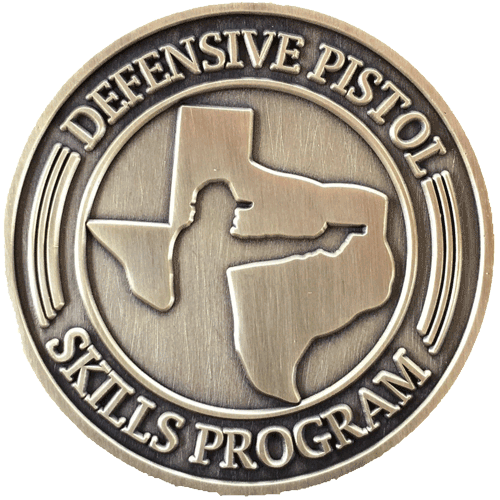Polite Society 2010 - Scenario 1
Scenario 1:
You are home along with your 1 year old baby. You have just gotten off the phone with your spouse who is out of town and you lie down in bed and fall asleep.
Unfortunately, you were distracted by your phone call and putting the baby to sleep in its crib in the front bedroom, and you forgot to lock your front door.
The scenario begins with the bad guy entering the house, finding the baby in its crib. The baby begins to cry and the bad guy picks up the baby, telling it "Please don't cry".
What you don't know is that bad guy needs money for heroin, and is at the wrong address. He was told by a friend of a friend that one of your neighbors was out of town and had stuff he could steal and pawn to get money for drugs. The bad guy panics when he finds the baby and realizes he is in the wrong house. Now he is afraid of being killed by the homeowner and he realizes that his best chance for survival is to use the baby as insurance.
This scenario tested something that I have seen a lot in my own classes; people that ONLY do live fire training are accustomed to yelling verbal commands at static targets and have not given much thought about “what next” tactics.
What happened in a majority of the runs of this scenario was that the homeowner would threaten and yell strong verbal commands while the bad guy would try to communicate, saying things like, "I don't want to hurt the baby" and "I just need some money".
For the majority of the participants, these comments were not heard or reacted to by the homeowner, who often shot the bad guy for failing to comply. The problem with this solution is that the bad guy is holding the baby, and when the bad guy drops in reaction to being shot, he falls on the baby, snapping its neck.
We would then 'rewind' the scenario and encourage the homeowner to listen more carefully to what the bad guy was saying this time, and to make the safety of the baby their first priority.
To successfully complete this scenario the homeowner had to do two things; communicate effectively with the bad guy, and manage his position relative to the bad guy. Effective communication was verbal and non-verbal. The bad guy was scared and showed this by submissive body language (looking down, trembling).
In order to get the bad guy to comply, (release the baby and leave) the homeowner had to not only de-escalate verbally and non-verbally, but also stay close enough to the bad guy to have the option to grab the baby.
Homeowners that had difficulty with body position (most often by blocking a safe retreat for the bad guy) were surprised by the bad guy entering the master bedroom and closing the door, leaving the homeowner in the hall (and usually with a look of bewilderment). The homeowners who wanted to block the only visible exit to whatever room the bad guy was in were “disappointed” to find that the bad guy saw this as an indicator that he was going to be killed, and did not comply.
A successful outcome to this scenario was to give the bad guy some money in exchange for the baby and to not block his exit, allowing him to leave. In one instance a participant almost completed the scenario successfully on the second rewind but shot the bad guy in the back (legs) on his way out the front door. The participant was not able to justify that action during the debrief.
At the trainer's dinner the night before, the main topic of discussion was the value of force on force training in improving the gunfight survival odds of trainees. One key point from that discussion was that scenario-based training (interaction with role-players) and gunfight simulation (exchange of projectiles) were two separate components of force on force training. In this scenario, few, if any, of the skills taught in live fire classes were useful to the participants. More basic human interaction skills were the key to success.
<-back to Polite Society 2010 page

